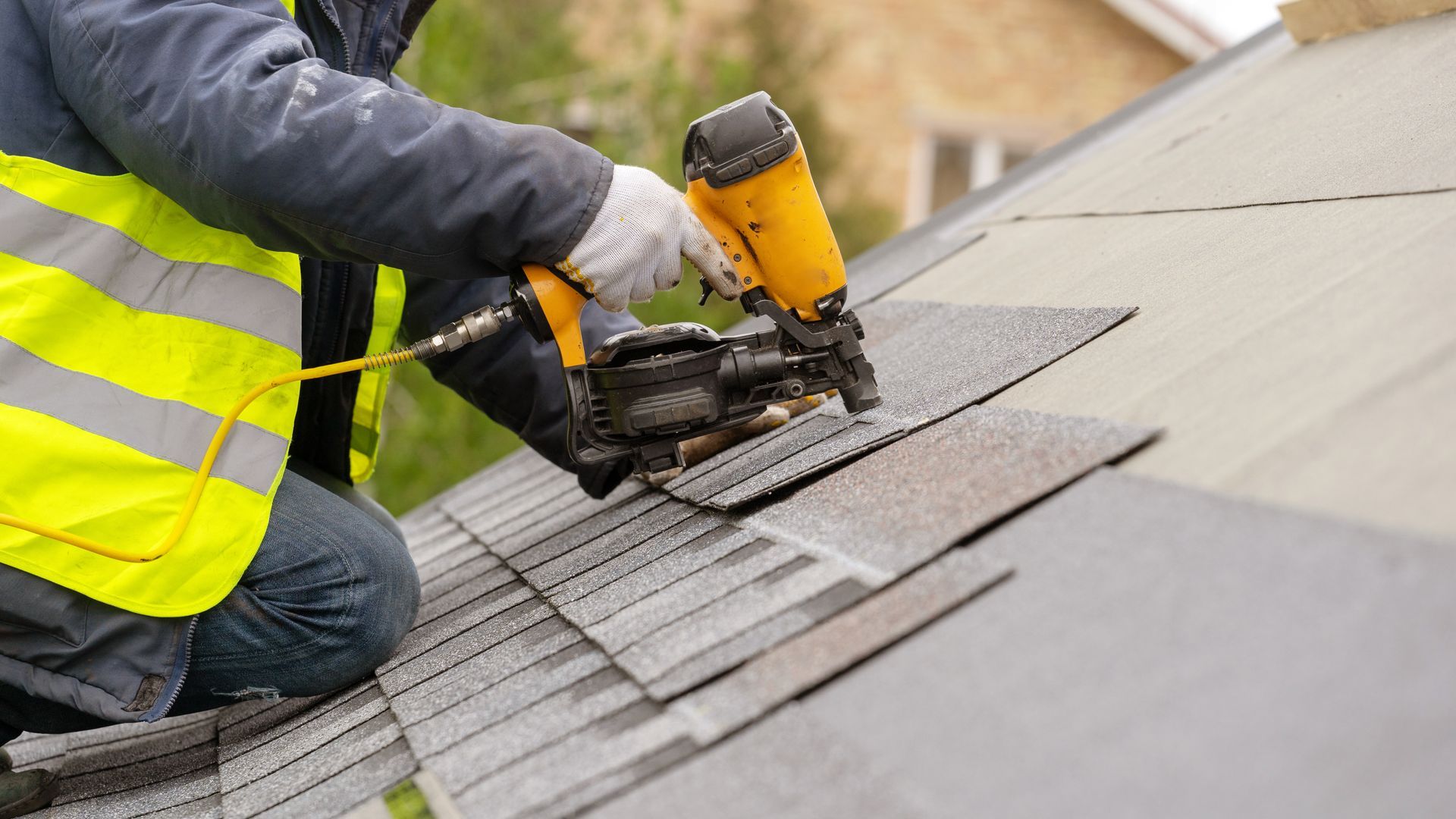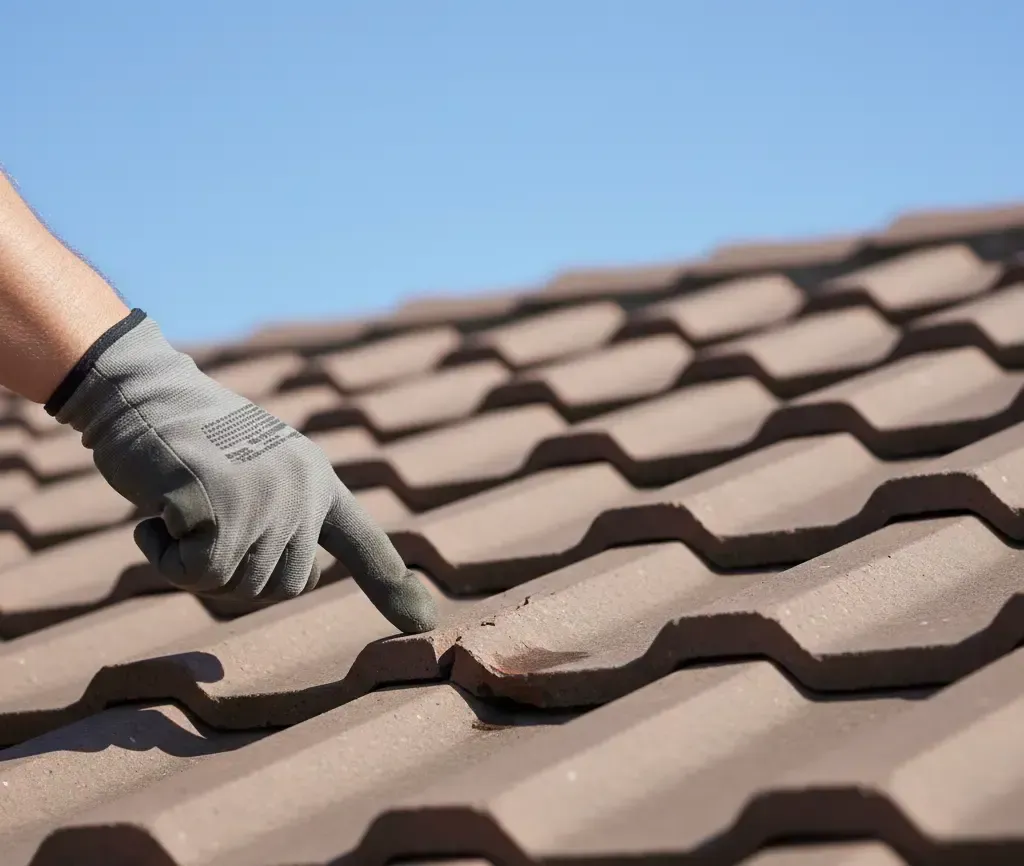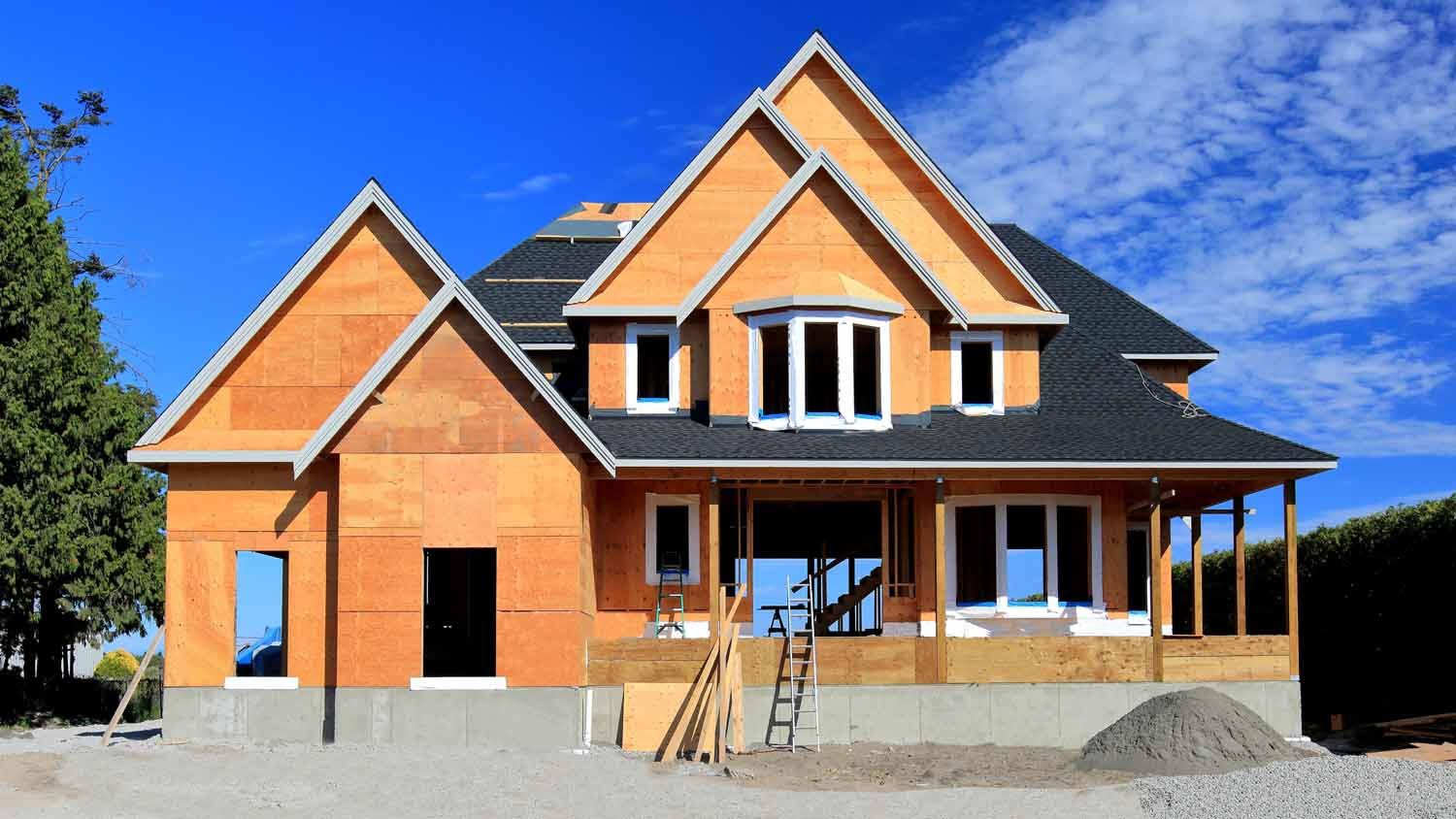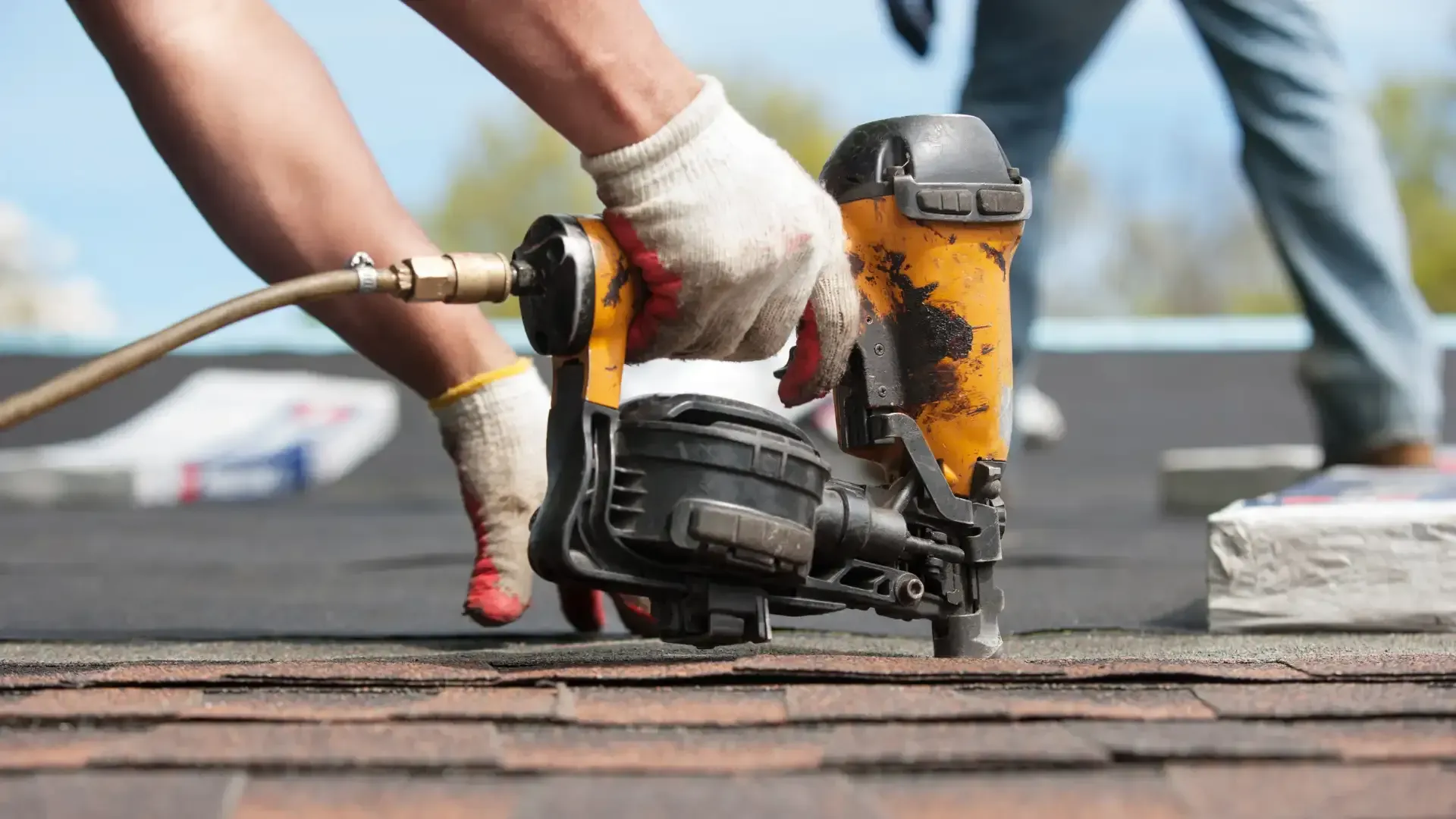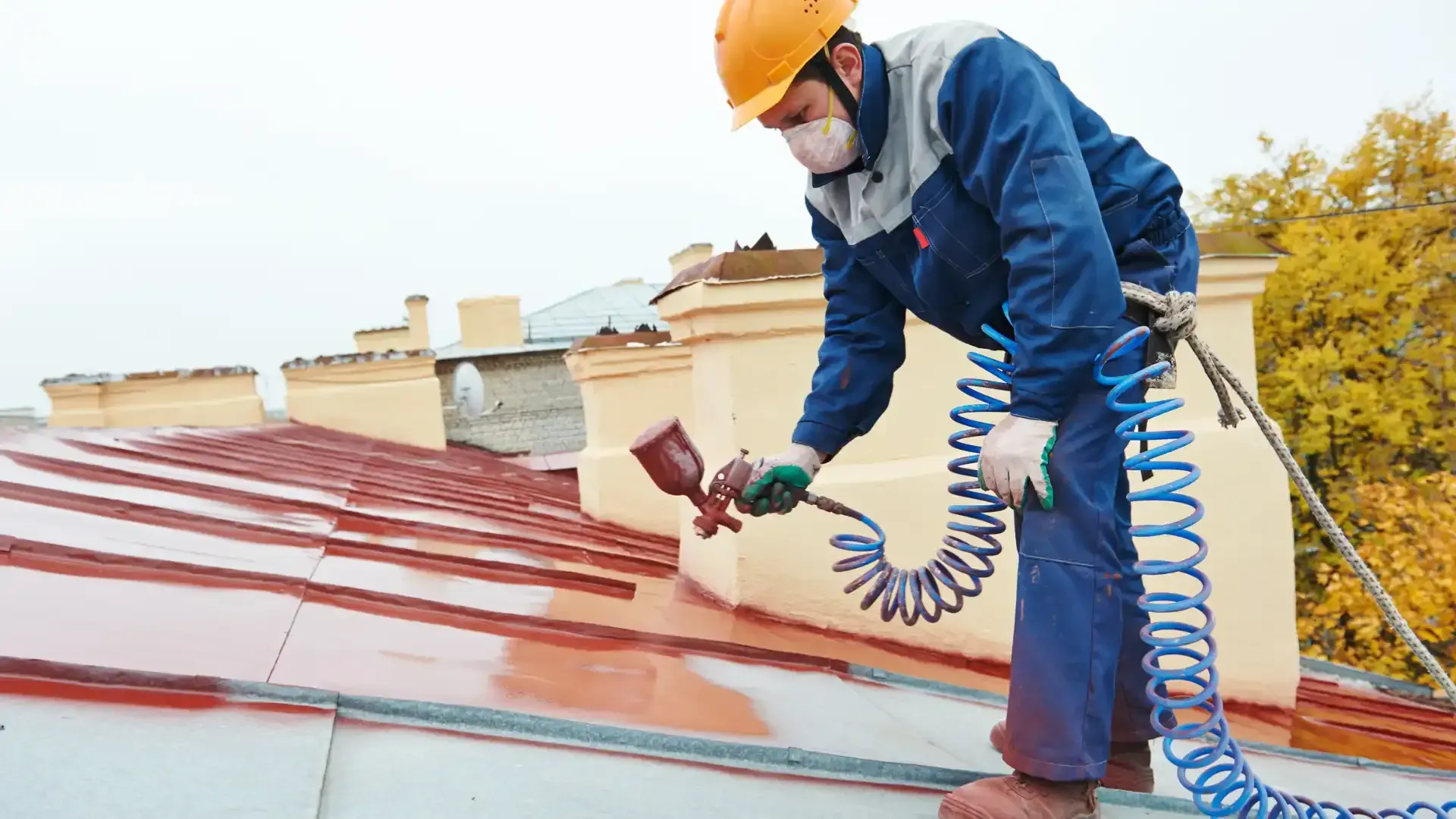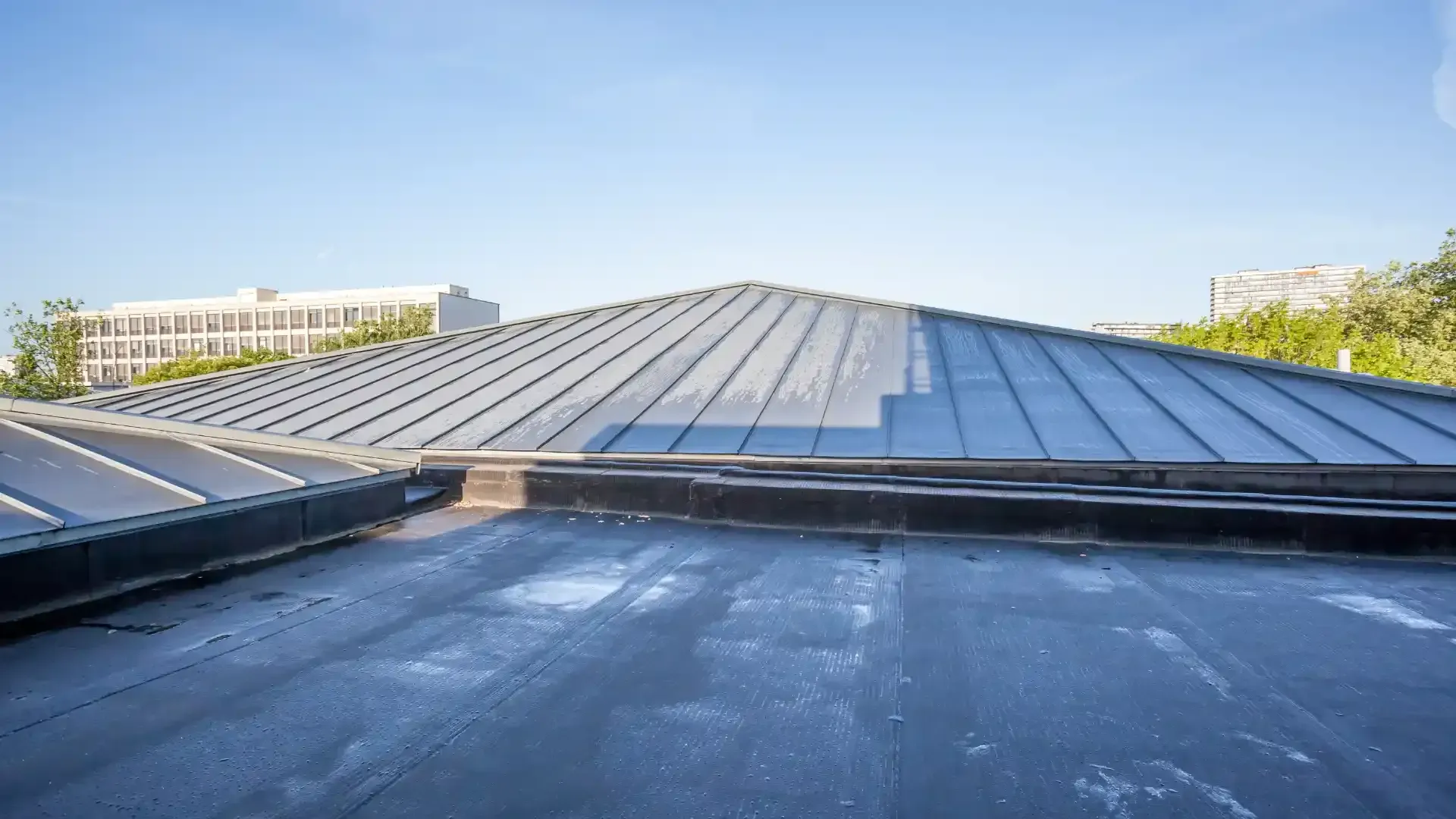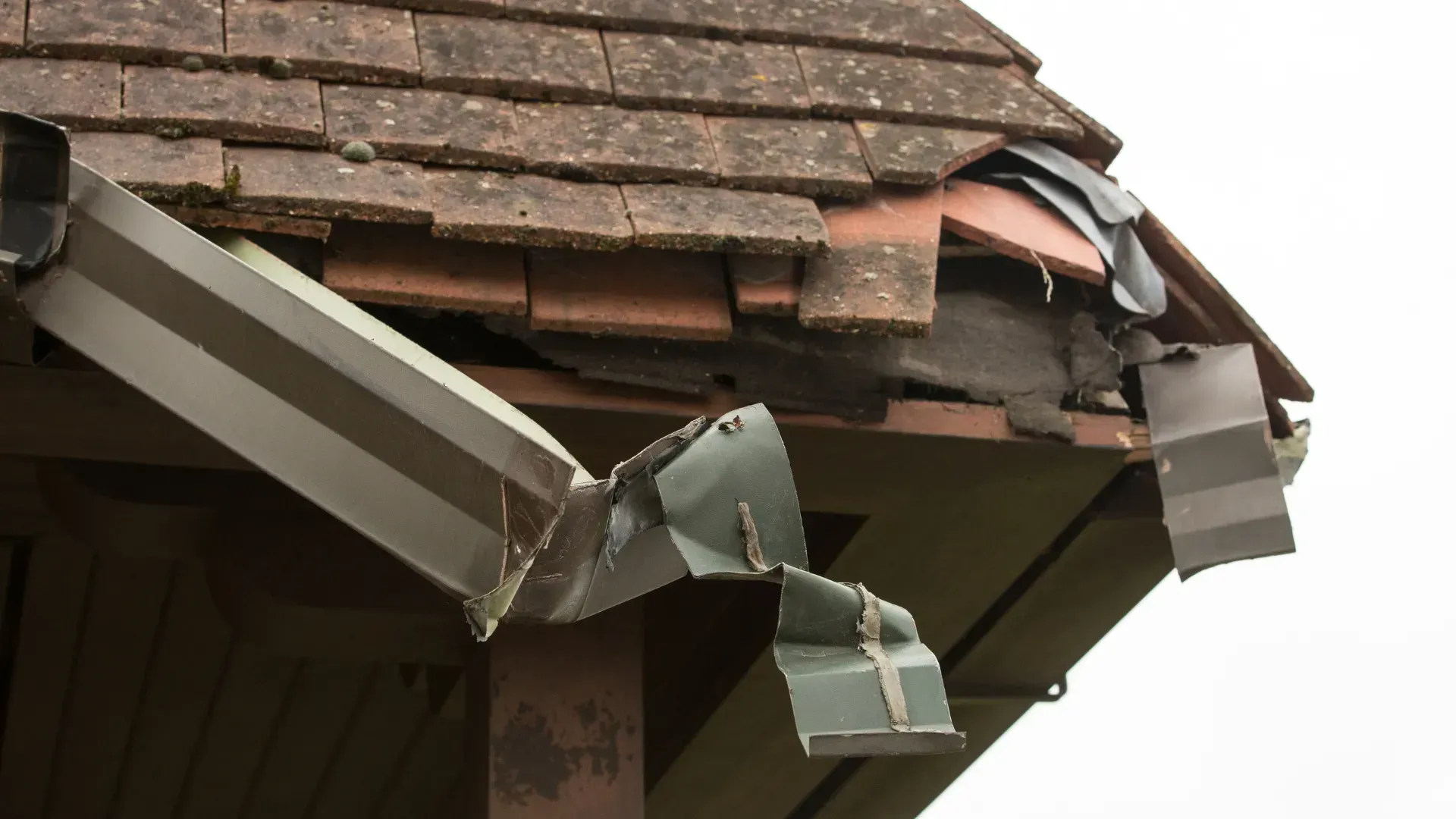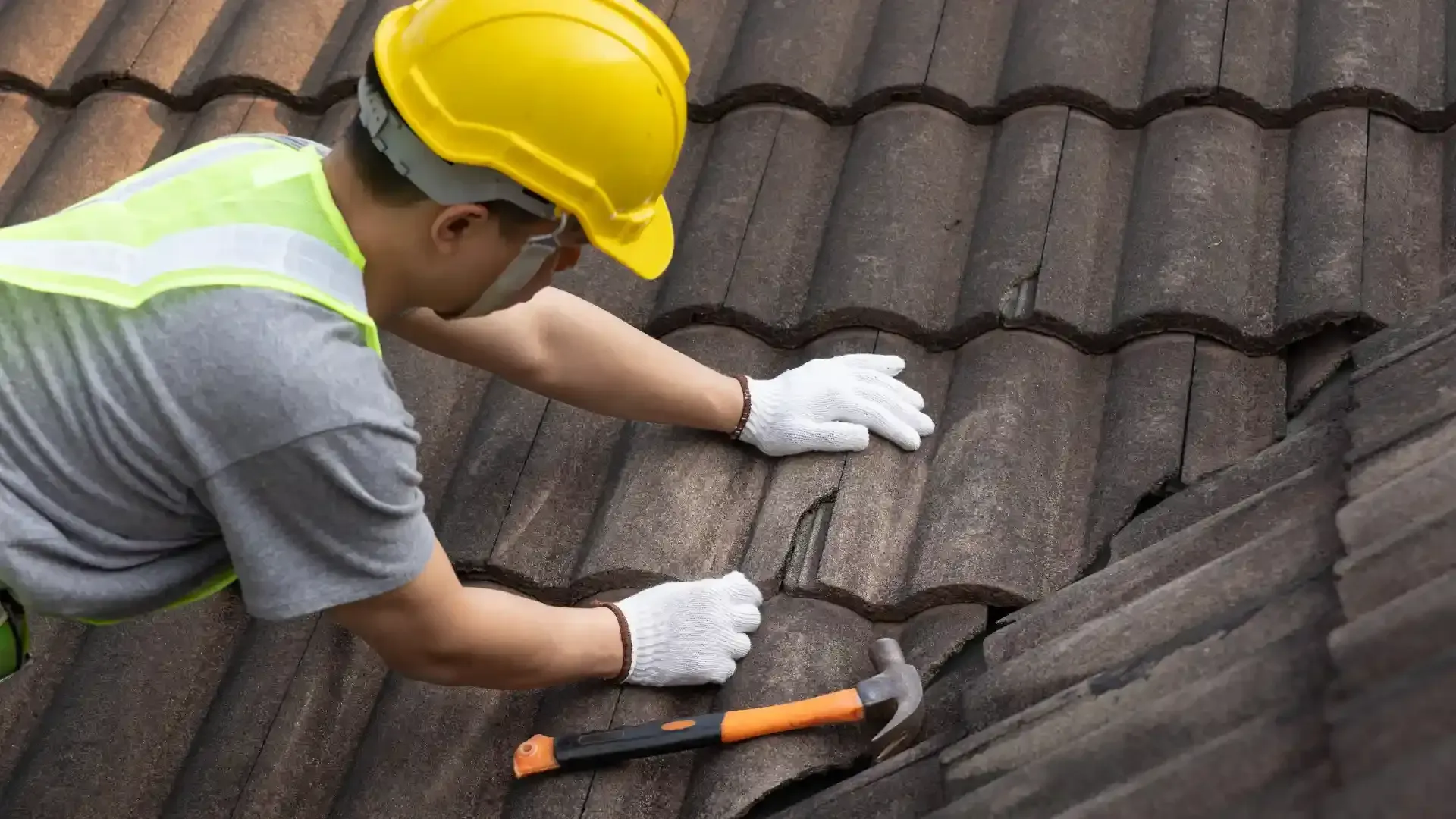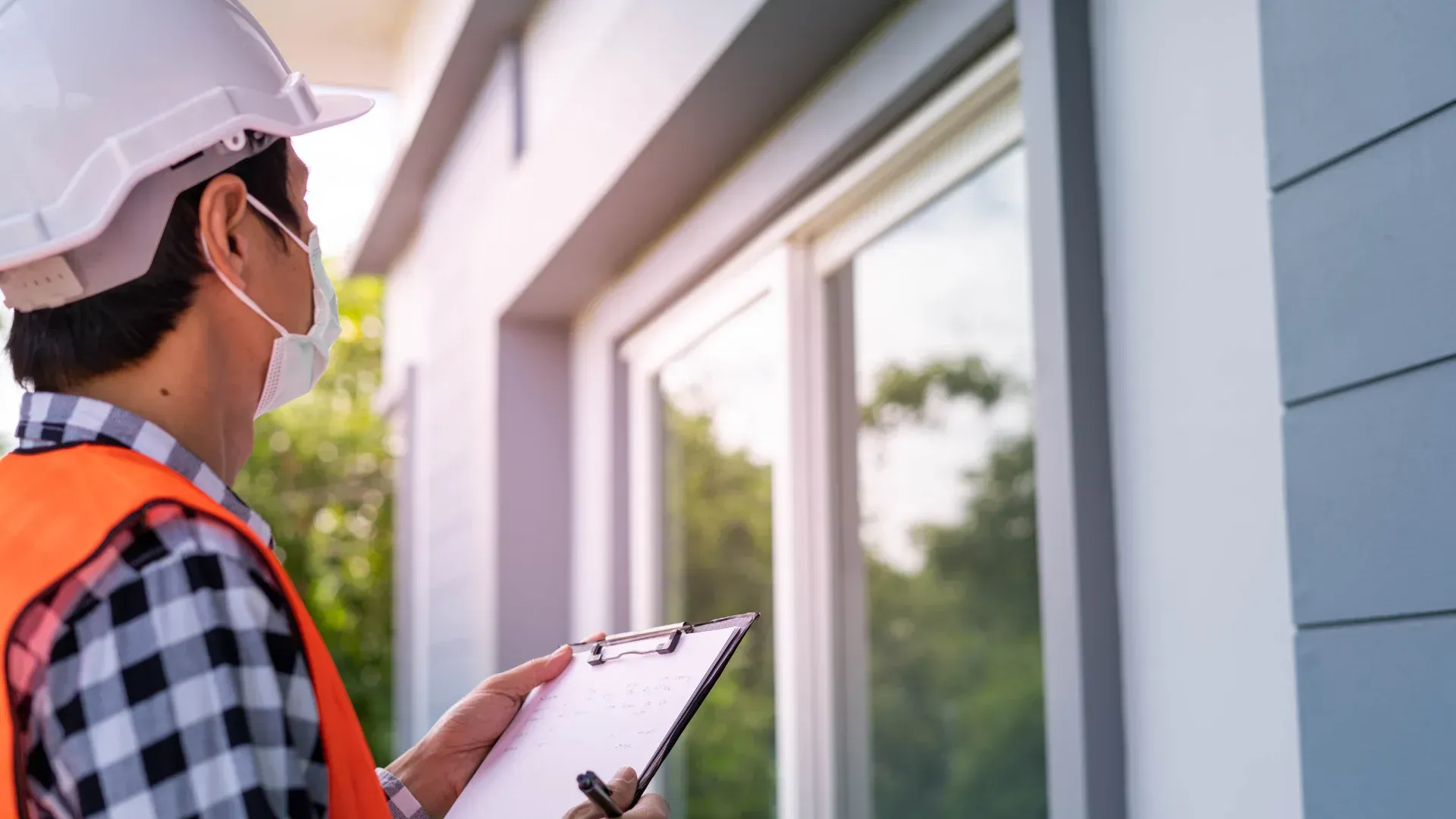Does Insurance Cover Roof Repairs in Arizona?
Navigating homeowners insurance for roof damage can be confusing. Understanding what your policy covers is the first step to getting your home repaired after a storm.
The core principle to remember is this:
homeowners insurance is designed to cover sudden, accidental damage, not gradual deterioration.
What Insurance Typically Covers
Your policy is a contract to protect your home from unforeseen events. In Arizona, this most often includes damage from:
- High Winds: Monsoon microbursts or severe storms that lift and tear off shingles or tiles.
- Hail: Hailstorms that cause functional damage to roofing materials, leaving dents in metal or bruises in shingles.
- Falling Objects: Damage from a tree limb or other debris propelled by a storm.
- Fire & Lightning: Damage caused by wildfires or lightning strikes.
Coverage for these events depends on your specific policy details and the cause of the damage being a named peril in your plan.
What Insurance Typically Does Not Cover
Insurance is not a maintenance plan. Policies exclude damage that results from a lack of upkeep or the natural aging process.
Common exclusions include:
- Age and Wear and Tear: A roof that fails because it has reached the end of its natural lifespan (e.g., a 25-year-old shingle roof that is worn out).
- Lack of Maintenance: Damage that results from failing to perform necessary upkeep, such as repairing a small leak that then leads to widespread rot.
- Faulty Installation: Problems that arise from improper original installation or previous repairs not done to code.
- Manufacturer Defects: While sometimes covered, material defects may be addressed by a manufacturer's warranty rather than your insurance.
The Importance of a Professional Insurance Inspection
If you suspect storm damage, the most critical step is to get a professional assessment from a roofer who understands insurance claims.
After a major storm, we provide free, no-obligation inspections focused on identifying and documenting storm-related damage. We will:
- Provide a detailed report with photos of all damage.
- Help you determine if the damage is likely covered by insurance.
- Explain the claims process and what to expect.
We work with you to provide the documentation needed to support a successful claim for covered events.
The Claims Process: What to Expect
- Document the Damage: Take photos of any visible damage from the ground immediately after the storm.
- Schedule a Professional Inspection: Contact us for a thorough assessment before you call your insurance company. This allows you to file a more informed claim.
- Contact Your Insurance Provider: File your claim and provide the initial details.
- Meet with the Adjuster: We can be present during the insurance adjuster's inspection to ensure all storm-related damage is identified and properly assessed.
- Review the Estimate: We will review the insurance company's estimate to ensure it covers the full scope of necessary repairs to restore your roof to its pre-storm condition.
Get Expert Help Navigating Your Claim
Dealing with insurance can be complex. Our experience ensures you have an advocate on your side who understands both roofing and the claims process.
If your roof has been hit by a recent storm, don't wait. Schedule your free inspection to document the damage and protect your claim.
Frequently Asked Questions
Q: Will filing a roof claim raise my insurance rates?
A: Filing a claim for a legitimate, weather-related event may not always raise your rates, but it can depend on your provider and claims history. We recommend reviewing your policy and discussing this with your insurance agent.
Q: What if my insurance claim is denied?
A: If a claim for clear storm damage is denied, you have the right to appeal the decision. We can provide the detailed documentation and expert support needed to challenge a denial.
Q: Do you work directly with my insurance company?
A:
We work directly with
you. We act as your roofing expert to provide documentation and support for your claim, ensuring you get a fair settlement for covered damage. We then use that settlement to complete the repairs to the highest standard.
